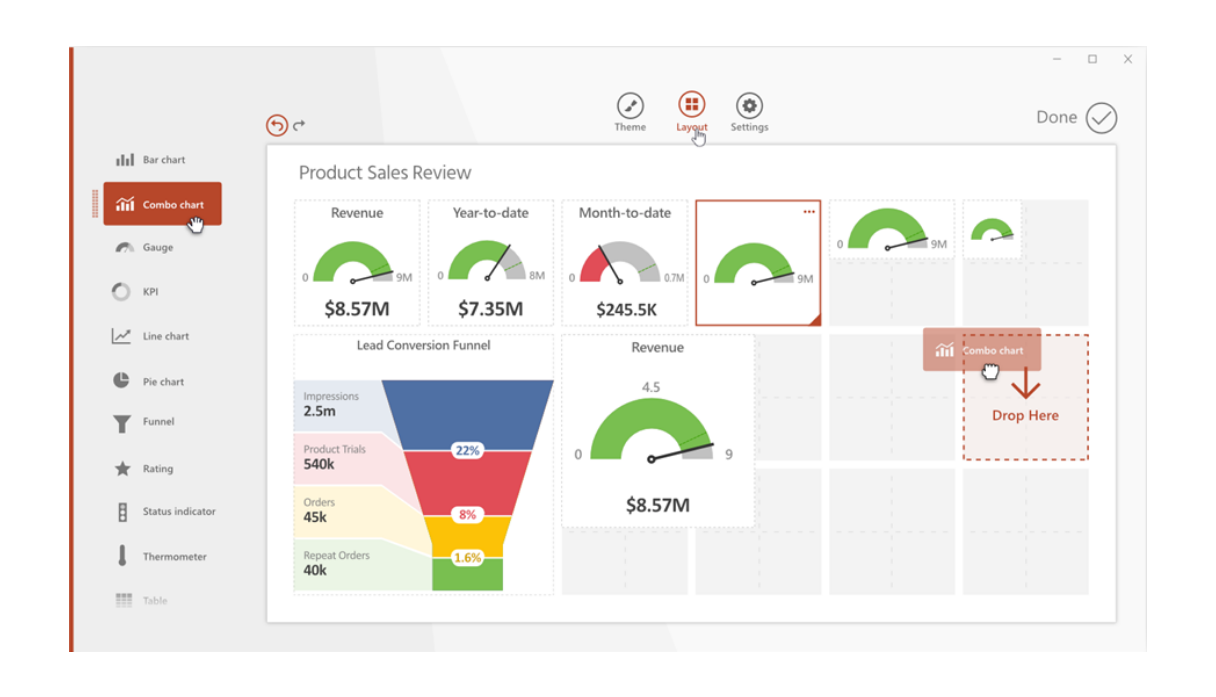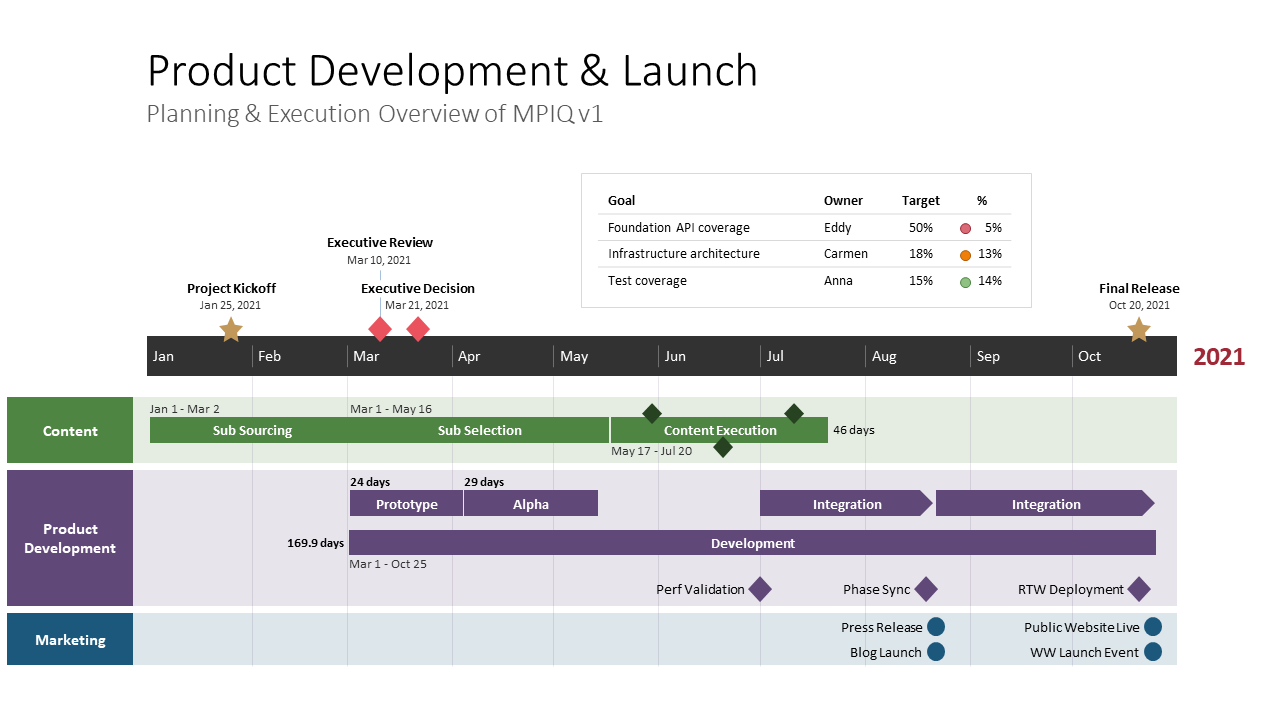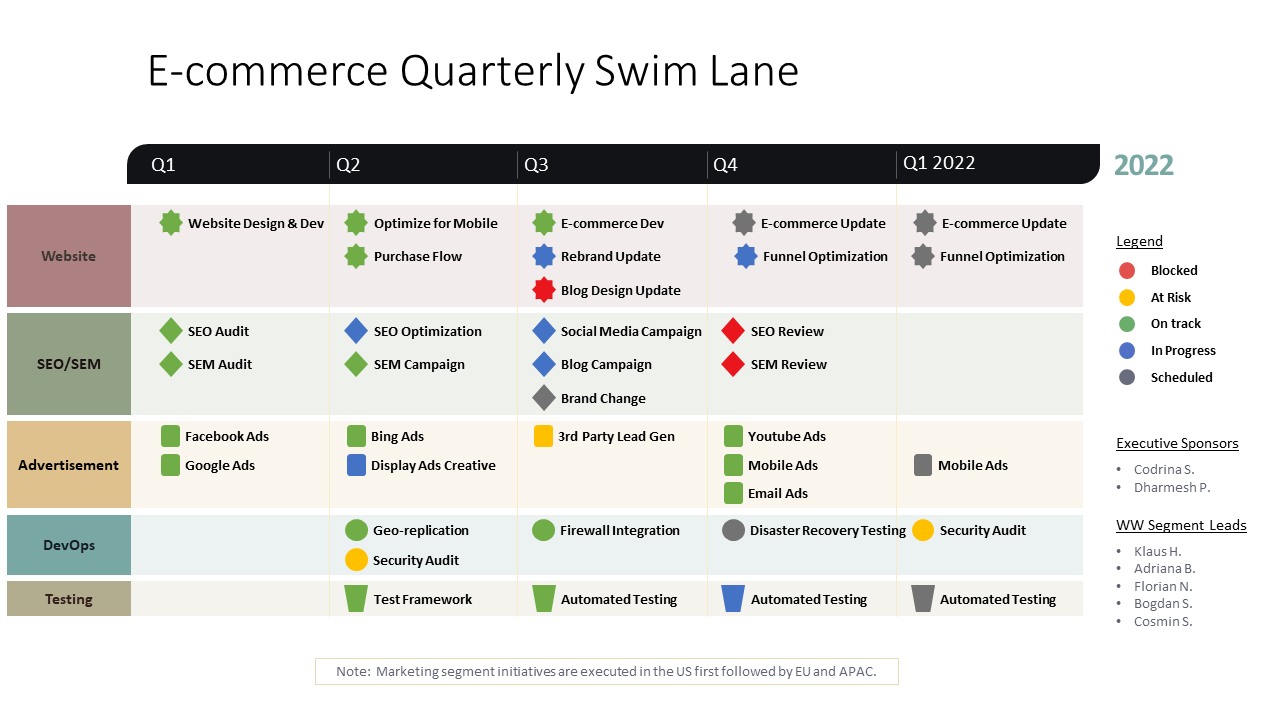
Balanced Scorecard Tools for the Effective Implementation of Strategic Plans
When put to use properly,
a balanced scorecard
(BSC) equips companies of all kinds and sizes across different sectors and industries with the in-depth insight into how to best articulate and act upon their strategy. Breaking down a strategic vision into small actionable steps that are monitored on a daily basis, the BSC provides an organization with a clear direction towards achieving its set goals.
To ensure performance is on track and strategic plans are effectively implemented, enterprises need to constantly review and update their balanced scorecard as it evolves. Many of them do so with the help of a spreadsheet tool, presentation platform or business intelligence solution. However, these programs may not be the most sustainable option as they often prove either too limited, costly or time-consuming to use and upkeep.
To this end, experts argue that opting for a scorecard-specific application is the answer and choosing the best fit to manage your BSC makes the topic of this page. Below, we offer a series of guidelines in this respect which cover:
- What is balanced scorecard software
- Benefits of using dedicated scorecard software
- How to choose the right software
- Conclusion
1. What is balanced scorecard software
Balanced scorecard software represents any designated means that enables an organization to monitor and manage performance metrics and strategy implementation to accomplish future goals. There are many tools, such as
scorecard templates, which can help you get you off the ground quickly, but you will need a more comprehensive solution to get you started AND keep you running. Dedicated balanced scorecard software does that, especially if you have to scale up or make changes. It helps you capture, develop and track the following:
2. Benefits of Using Balanced Scorecard Software
Apart from saving time and efforts, using a dedicated scorecard tool will allow you to:








